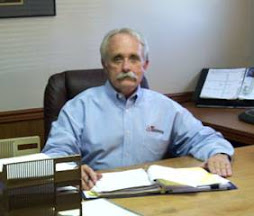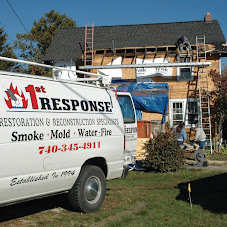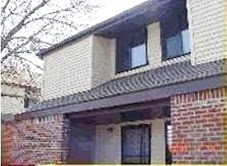
House Fires
Each year there are over 10,000 house fires in Australia, causing more than 1,500 injuries and 70 deaths. [Australian Bureau of Statistics: Australian Social Trends 2000 - Housing - Housing Stock: Home fire safety]. The tragedy is that most are started by accident and could have been prevented. House fires can happen to anyone, but there are some easy things you can do to reduce the risks.
Protect your property
House fires are caused most commonly by cooking, smoking and electrical faults in wiring or appliances. About 30% of house fires start in the kitchen - don't leave the room while food is cooking on the stove. If a fire starts, put a lid over the burning pan or use a fire extinguisher; never move a fire.
Never throw water on a burning fat or oil fire as it will cause an explosive reaction.
Keep curtains, electrical cords, tea towels and your dressing gown sleeves well away from a hot plate or gas flame.
Make sure cigarette butts are put out properly before throwing them away and never smoke in bed. Tiny embers can smoulder in the bedding without you noticing and burst into flames later.
Faulty wiring, overloaded power points and faulty appliances can all start fires. Don't do your own electrical wiring, call a qualified electrician and either get broken appliances fixed or throw them away.
Don't put electrical cords under rugs, over nails or in high traffic areas, as walking on cords can break wiring and possibly cause a fire.
Make sure there's plenty of air around your TV, video, stereo and computer equipment so it doesn't overheat.
Protect your family
Most deaths from house fires occur at night when people are asleep. Smoke inhalation and asphyxiation are the leading causes. Many fires will be confined to one room, but are still dangerous as smoke can fill a house in just a few minutes. People often overestimate the time they would have to escape a fire. But in real life, you may have no idea where the fire is, you'll hardly be able to see anything and you'll find it very difficult to breathe. It's easy to panic, with tragic results.
Smoke alarms are essential to give you early warning of a fire in your home, especially at night. You can't smell smoke when you're asleep. And don't count on the kids reacting to an alarm; studies show 85% of children won't wake up if it goes off.
In a fire, every second counts. Don't stop to gather possessions, pets or call the fire brigade. Your only priority is to get out. Call '000' (triple zero) from your neighbour's phone.












